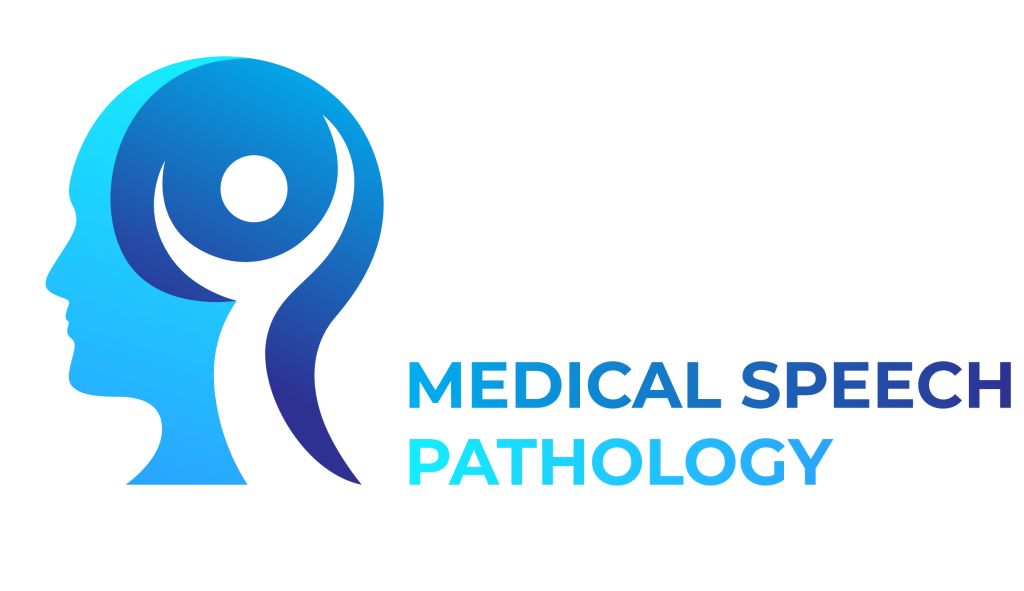What is sEMG?
Surface electromyography (sEMG) is a technique used to measure the electrical activity of muscles. It involves placing electrodes on the skin overlying the muscles of interest, which in the case of dysphagia, are typically the submental muscles involved in swallowing. sEMG provides real-time biofeedback, which can be visual, auditory, or both, enabling patients and clinicians to monitor and modify muscle activity during swallowing exercises.
The Role of sEMG in Dysphagia Management
sEMG is particularly useful in dysphagia therapy for several reasons:
- Assessment: sEMG allows for the detailed analysis of muscle activity during swallowing, helping to identify specific dysfunctions. This includes assessing the timing and amplitude of muscle contractions, which are crucial for effective swallowing.
- Biofeedback: The visual and auditory feedback provided by sEMG can enhance motor learning by making patients aware of their muscle activity. This is particularly beneficial for teaching new swallowing techniques or refining existing ones, such as the Mendelsohn maneuver or effortful swallow.
- Exercise Prescription: By monitoring muscle activity, sEMG helps in designing targeted exercises that improve muscle strength and coordination. This ensures that the exercises are performed correctly and are effective in enhancing swallowing function.
- Progress Monitoring: sEMG enables continuous monitoring of a patient’s progress, allowing for adjustments in therapy as needed. This ensures that the therapy remains effective and tailored to the patient’s evolving needs.
sEMG as a diagnostic adjunct
Apart from using sEMG as a baseline assessment or to track progress, a study by Vaiman and Nahlieli (2009) used sEMG to actually differentiate between oral and pharyngeal dysphagia in patients with various conditions. Participants included patients who underwent dental surgery (Group 1), patients with oral infections (Group 2), patients with acute tonsillitis (Group 3), and healthy controls (Group 4). The sEMG parameters evaluated were the timing and amplitude of muscle activity during swallowing tasks. Electrode placements were on the masseter, submental, and infrahyoid muscles. Each participant performed two tasks: voluntary single water swallows and continuous drinking of 100 cc of tap water. The study found that patients with oral dysphagia, such as those who underwent dental surgery, exhibited prolonged swallow durations and reduced masseter muscle activity, while pharyngeal muscle activity remained normal. Conversely, patients with pharyngeal dysphagia, such as those with tonsillitis, showed increased activity in the infrahyoid muscles. These findings demonstrate that sEMG shows promise in identifying and differentiating between types of dysphagia, although further research is needed to demonstrate its validity with wider populations.
Gamification improving patient outcomes
Newer sEMG devices designed for use in dysphagia (such as the Aspire 2) also offer gamification options which further enhance patient motivation, enjoyment and participation in therapy programs. A study published this year titled “Efficacy of Game Training Combined with Surface Electromyography Biofeedback (sEMG-BF) on Post-Stroke Dysphagia” by Hou et al. investigated the effectiveness of combining game-based training with sEMG biofeedback to treat early post-stroke dysphagia. The study involved 90 patients divided into three groups: a control group receiving routine swallowing rehabilitation and transcranial direct current stimulation (tDCS), an experimental group receiving the same treatment plus sEMG-BF, and another experimental group receiving sEMG-BF combined with game training.
Results showed that all groups exhibited improvements in swallowing function, but the group receiving both sEMG-BF and game training had significantly greater improvements compared to the other groups. The combination of game training and sEMG-BF was found to enhance patient motivation, allowing for better engagement and more effective rehabilitation. The study concludes that integrating game-based training with sEMG-BF is a highly effective approach for improving swallowing function in patients with early PSD, offering a promising therapeutic strategy for dysphagia rehabilitation.
Clinical Applications and Case Studies
Clinical studies have demonstrated the effectiveness of sEMG in improving swallowing function. Huckabee et al. (2014) conducted a pilot study on patients with Parkinson’s disease, showing significant improvements in swallowing rate, submental muscle activity, and quality of life following sEMG-based skill training. Another study by Crary et al. (2004) reported that over 90% of patients with neurogenic dysphagia improved their oral intake with the use of sEMG biofeedback.
Implementing sEMG in Your Practice
To effectively incorporate sEMG into dysphagia management, consider the following steps:
- Select a device: There are a number of different options on the market with different functionalities and price points. Consider whether the device connects to software such as BiSSkiT that must be purchased separately (eg. Neuro Trac) or if it comes with its own gamification software (Aspire 2). Many devices also offer the option for neuromuscular electrical stimulation (NMES), so consider whether it should include this modality. Consider the price of the purchase of the single-use-per-patient electrodes, and this will be your main ongoing cost.
- Training: Ensure that clinicians are adequately trained in the use of sEMG in dysphagia generally as well as in using the specific device. This includes electrode placement, interpreting feedback, and performing exercises correctly. Most companies offer or require training in their specific device at the time of purchase.
- Assessment: Start with a comprehensive assessment of the patient’s swallowing function using sEMG to identify specific deficits and set baseline measurements.
- Customized Therapy: Design individualized therapy plans based on the assessment findings. Use the biofeedback to guide and modify exercises as needed.
- Regular Monitoring: Continuously monitor the patient’s progress with sEMG to ensure that the therapy is effective. Adjust the therapy plan based on the feedback and progress.
- Patient Engagement: Engage patients in their therapy by involving them in the interpretation of sEMG feedback. This empowers them and enhances their motivation and adherence to the therapy.
Conclusion
The use of sEMG offers a powerful tool for enhancing dysphagia assessment and management. By providing detailed insights into muscle activity and real-time biofeedback, sEMG helps in designing effective therapy plans, monitoring progress, and ultimately improving patient outcomes. As speech pathologists, embracing this technology can significantly enhance our ability to manage dysphagia and improve the quality of life for our patients.




